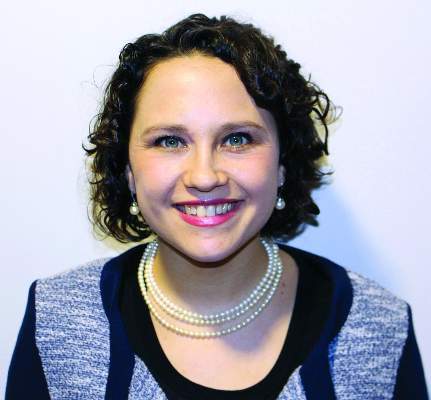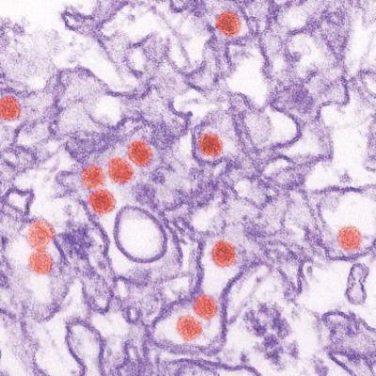WASHINGTON (FRONTLINE MEDICAL NEWS) – Children with hidradenitis suppurativa (HS) may suffer with symptoms for an average of 7 years before they are diagnosed, according to pediatric dermatologist Anna Yasmine Kirkorian, MD.
Data from a 2015 study showed that 73% of pediatric patients with HS were diagnosed more than 2 years after the onset of symptoms, said Dr. Kirkorian of the department of dermatology at Children’s National Health System and George Washington University, Washington. ( Br J Dermatol. 2015 Dec;173[6]:1546-9 ).
The characterization of pediatric HS in the literature needs to be improved so that adult style therapeutics can begin to be applied in pediatric clinical trials, she said at a hidradenitis suppurativa symposium at George Washington University in Washington.
Genetics can play a role in HS, likely via mutations in the gamma-secretase protein that leads to epidermal differentiation and immune regulation, Dr. Kirkorian said. Most of her patients with HS are black, and a recent study described a gamma-secretase mutation in a black family of a proband and four family members, she noted ( JAMA Dermatol. 2015 Jun;151[6]:668-70 ). Gamma-secretase mutations also have been identified in Han Chinese populations, she said.
HS has been associated with a range of comorbidities that can make a diagnosis more challenging, Dr. Kirkorian said, pointing out that HS is more likely in patients with Down syndrome and inflammatory bowel disease, as well as insulin resistance. Although data are limited, children with HS are more likely to present with obesity, prediabetes, diabetes, and metabolic syndrome. For these children “multidisciplinary care with endocrinology, nutrition, and weight loss medicine is critical,” Dr. Kirkorian said.
HS also is associated with precocious puberty. However, defining the age of onset of puberty can be difficulty because pubertal onset may vary between different ethnicities, noted Dr. Kirkorian. “Prepubertal children presenting with HS warrant an endocrinologic evaluation,” she said.
Dr. Kirkorian added that more research is needed to pinpoint the possible genetic component of HS and to identify genetic susceptibility that could lead to targeted treatment strategies.
The optimal treatment plan for pediatric HS is multimodal and addresses the comorbidities common with the condition, she said, and she predicted that specialized clinic or treatment centers that bring together areas, including psychiatry, wound care, pain management, surgery, endocrinology, and genetics, will evolve to serve these patients. To support these collaborative efforts, Dr. Kirkorian is a member of the Pediatric Dermatology Research Alliance ( PeDRA ), an organization formed to accelerate research on skin diseases in children.
The symposium was sponsored by AbbVie. Dr. Kirkorian had no financial conflicts to disclose. She is on the editorial board of Dermatology News.






